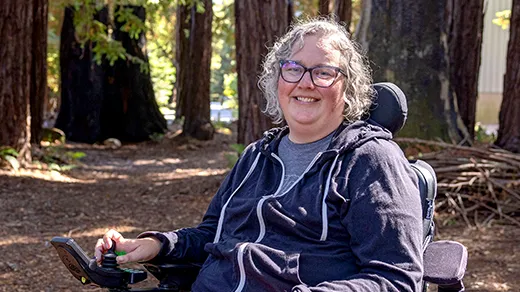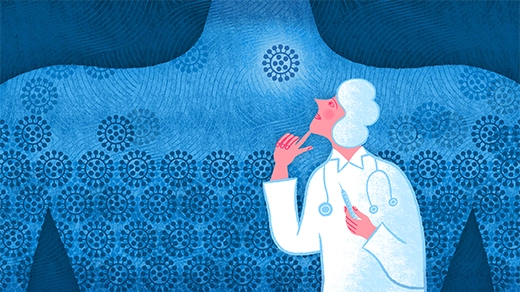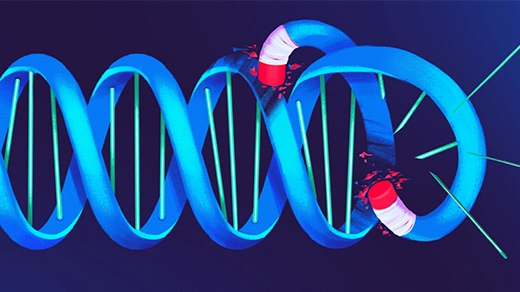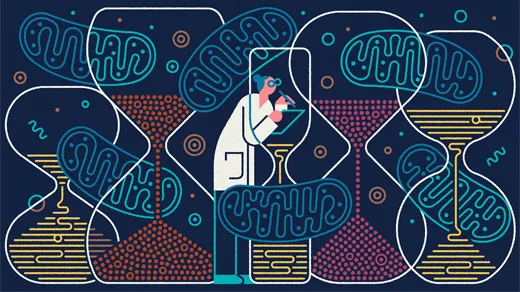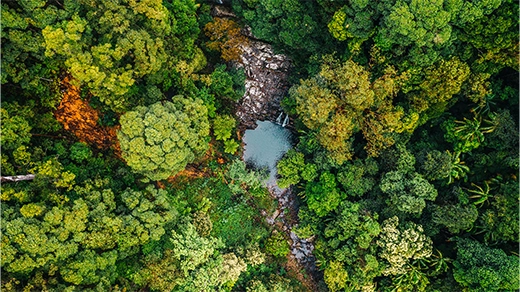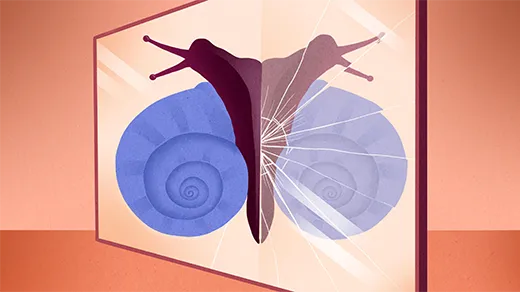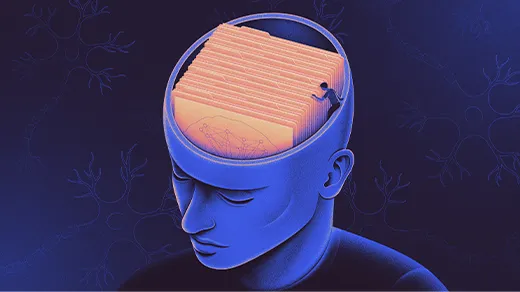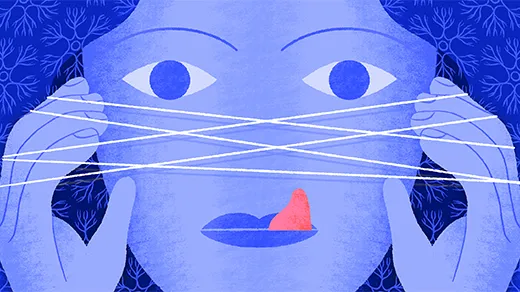What's up in
Biology
Latest Articles
In Our Cellular Clocks, She’s Found a Lifetime of Discoveries
For decades, Carrie Partch has led pioneering structural research on the protein clockwork that keeps time for our circadian rhythm. Is time still on her side?
Nobel Prize Awarded to mRNA Vaccine Scientists
Katalin Karikó and Drew Weissman have been awarded the 2023 Nobel Prize in Physiology or Medicine for discoveries leading to mRNA vaccines, such as those that protect against Covid-19.
How Many Microbes Does It Take to Make You Sick?
Exposure to a virus isn’t an all-or-nothing proposition. The concept of “infectious dose” suggests ways to keep ourselves safer from harm.
To Defend the Genome, These Cells Destroy Their Own DNA
Under a microscope, cells in a worm embryo deliberately eliminated one-third of their genome — an uncompromising tactic that may combat harmful genetic parasites.
What Makes Life Tick? Mitochondria May Keep Time for Cells
Every species develops at its own unique tempo, leaving scientists to wonder what governs their timing. A suite of new findings suggests that cells use basic metabolic processes as clocks.
‘Species Repulsion’ Enables High Biodiversity in Tropical Trees
Because tree seedlings don’t grow as well when close to their parents, more tree species can be packed into tropical forests.
Magnetism May Have Given Life Its Molecular Asymmetry
The preferred “handedness” of biomolecules could have emerged from biased interactions between electrons and magnetic surfaces, new research suggests.
The Usefulness of a Memory Guides Where the Brain Saves It
New research finds that the memories useful for future generalizations are held in the brain separately from those recording unusual events.
The Hidden Brain Connections Between Our Hands and Tongues
Sticking out your tongue while doing delicate work with your hands reveals a history of evolutionary relationships.
